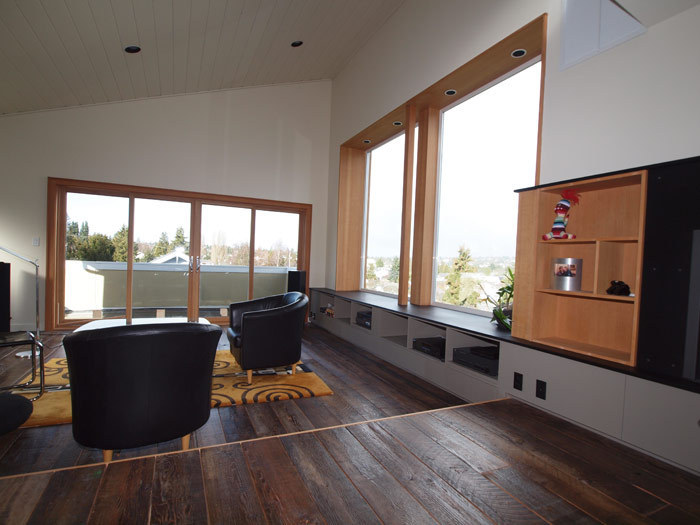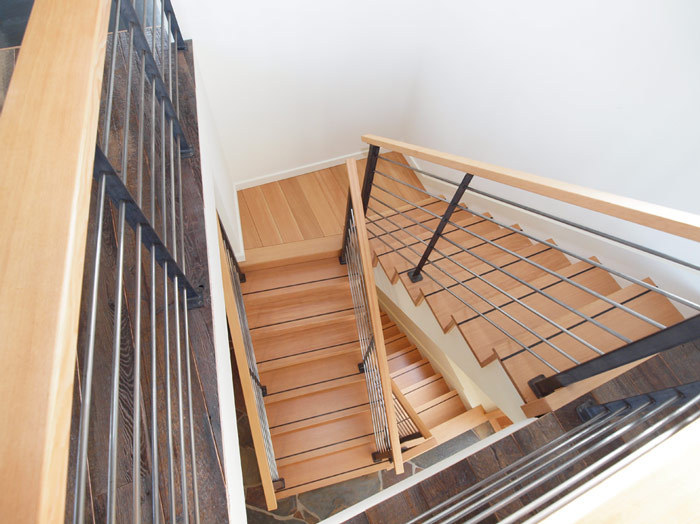Energy Retrofits.... and Surprises
It’s an unfortunate reality that many of the homes we live in are not very energy efficient. In Seattle, much of the older single family housing stock was built in a time when energy was of no concern at all. There was abundant fuel right outside your door for the taking. As a result, these older homes were built with little to no insulation and their exterior envelopes are extremely leaky (energy wise).
Sadly this problem isn’t confined to century old homes. We recently worked on a 90’s era home that in many ways was a worse energy hog than its older siblings. We were asked to address dated aesthetics as well as thermal delight…. In this case there was very little delight. There was almost always a ten to fifteen degree difference in temperature from the top floor to the bottom floor. Additionally, even though the homeowners kept the house at a chilly 60 degrees in the winter in an attempt to not burn all the dinosaurs, they were notified by the local utility that they were one of the largest energy consumers in the neighborhood. The design of the house was problematic to start with. Large East facing glazing on the top level, very few operable windows and an undersized and poorly laid out hvac system.
The construction certainly didn’t help much. Giant holes in the sheathing, ducts that didn’t connect to anything, missing insulation…. We just kept finding more and more problems as we moved through the construction process. Our first clue that something was rotten in Denmark (or phinney) should have been that the house was built mirrored from the official plans. Then we noticed that the builder simply left off a chunk of the house at the rear. Oh yeah, did I mention the missing moment frame?
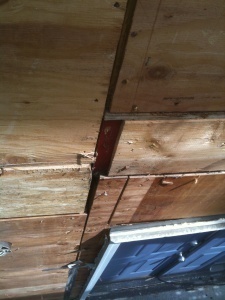
We began by asking Vesta home performance to do an energy audit and determine where the major problems were. Based on the results of the audit, we focused our efforts on air sealing and insulation.
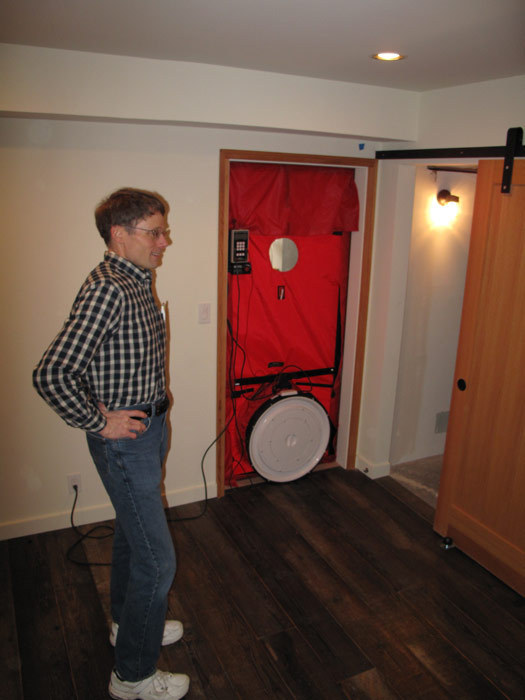
We removed the failing lp siding, air sealed the envelope, added two inches of rigid insulation and resided with a rainscreen system. The resultant envelope cut down on air leakage, reduced thermal bridging, added insulation and was much more attractive to boot. We also added operable windows and skylights to create a stack ventilation effect for the hot winter months.
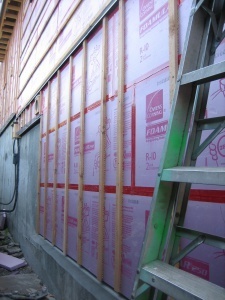
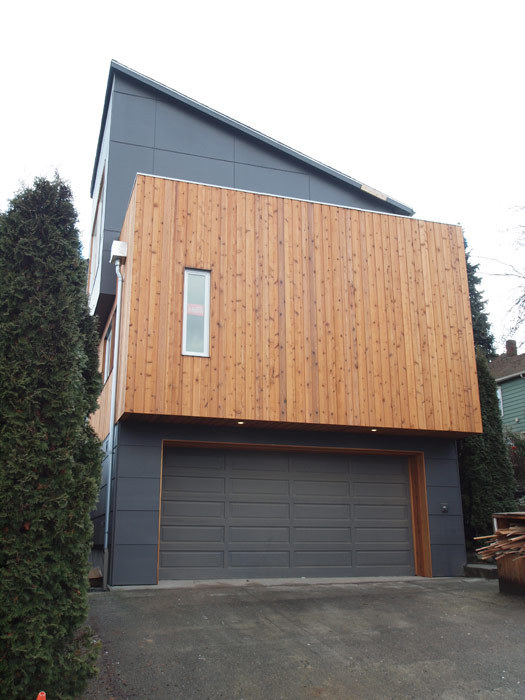
After going through this process we are convinced that any residing project should also involve air sealing and exterior insulation. If you already have the siding off, it is an extremely cost effective sustainability measure and adding the rain screen assembly should add years to the lifetime of your house.
And we also had a little fun on the inside....
